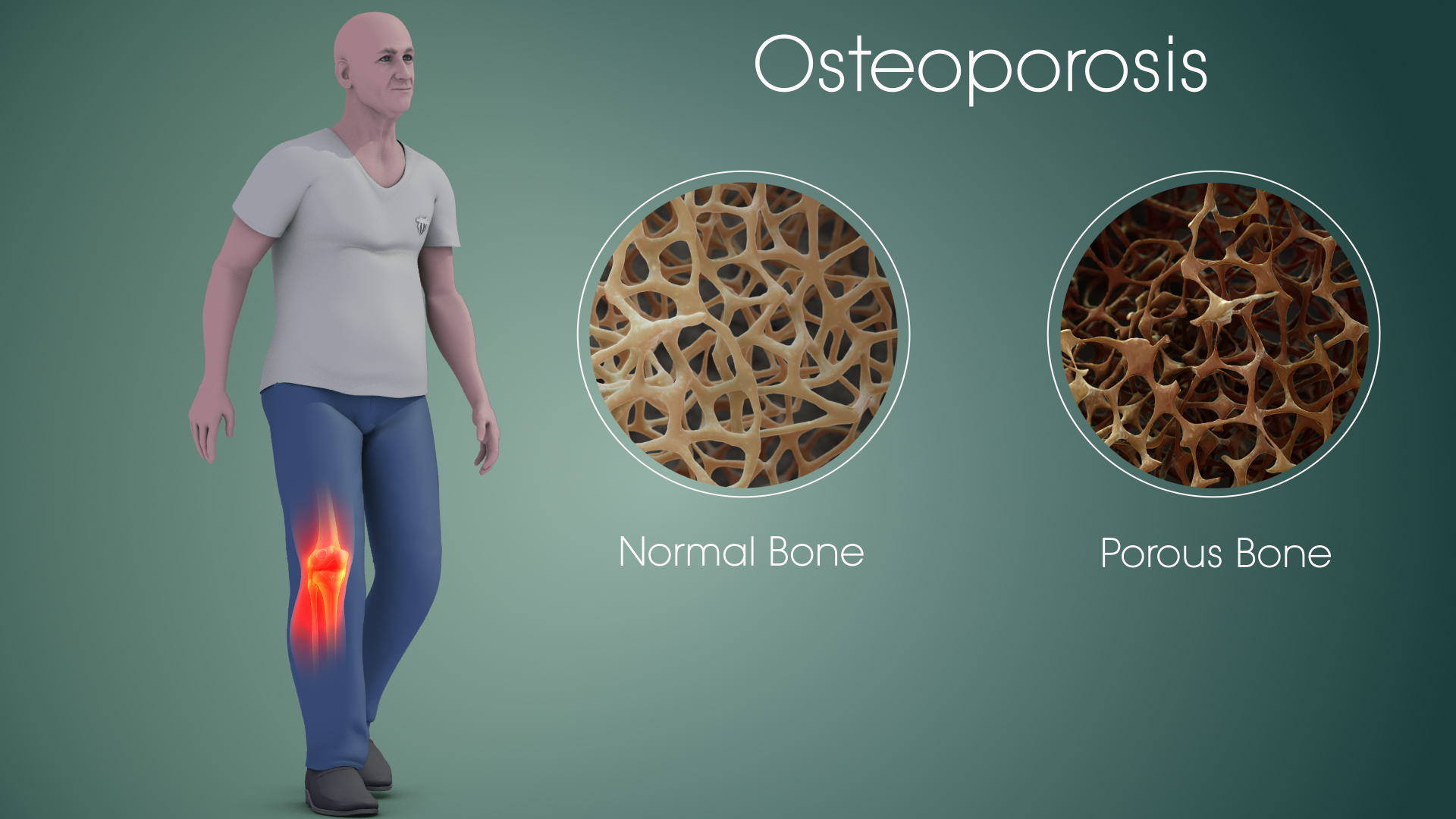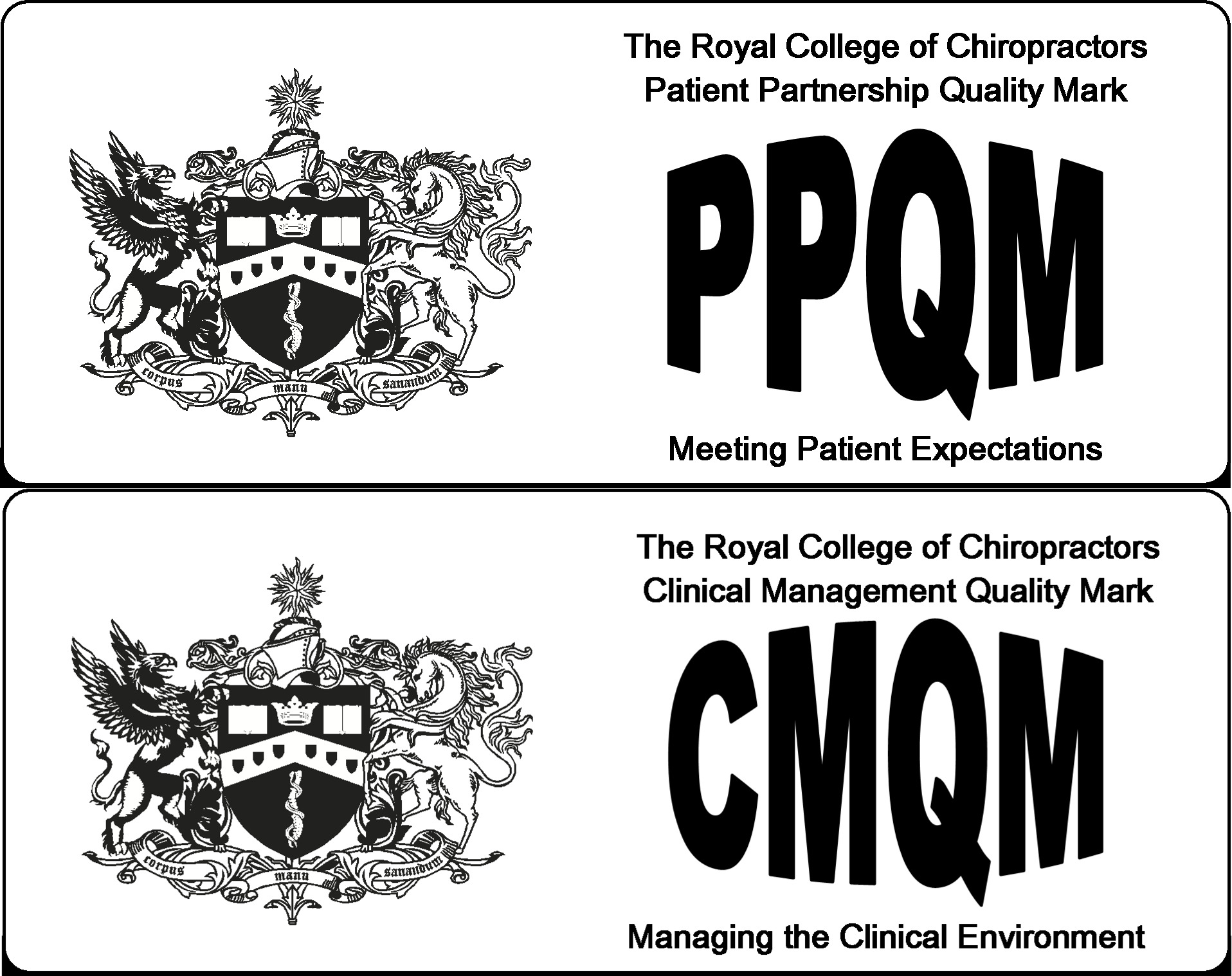OSTEOPOROSIS
What is osteoporosis?
Osteoporosis, literally meaning ‘porous bones’ is a condition in which your bones become brittle, fragile and prone to fractures. The internal structure of your bones becomes less dense through the increase in bone loss and reduction in bone formation that can occur with ageing or after the menopause. This makes bones weaker and less resilient to the stresses they are exposed to through every day living and therefore more likely to break.
All bones can be affected but perhaps the most common bones are the hips, wrists and spinal bones (vertebrae) with hip and spine fractures causing the most concern. Fifty percent of women and twenty percent of men over the age of 50 in the UK will break a bone, often due to osteoporosis.
Who is most at risk?
- Women who have had an early menopause or hysterectomy (before the age of 45 years).
- Men with low testosterone levels.
- Those taking certain medications for long periods of time – corticosteroids and anti-convulsants.
- The elderly, thin or frail.
- Those with a lifelong low calcium intake.
- Cigarette smokers.
- Those with an excessive alcohol intake.
- Those with an inactive lifestyle.
- Those who have a history of an eating disorder.
- Those with a family history of osteoporosis.
- Those who have medical conditions concerned with the absorption of foods such as Crohn’s disease, coeliac disease or ulcerative colitis.
How will I know if I have osteoporosis?
Osteoporosis can progress without you knowing because bone loss itself does not cause any symptoms. Often people only know they have osteoporosis when a bone breaks as a consequence of the condition. The bones become so weak that a sudden strain, bump or fall can result in a fracture to the hips or wrist or cause the vertebrae of the spine to collapse. A collapsed vertebra may initially feel like a severe back pain and be accompanied by height loss, a stooping posture or a forwardly curved spine (hyperkyphosis).
If you have any concerns that you may have osteoporosis, there are several ways that your doctor can determine if this is the case:
- By taking a thorough history – this will include obtaining information about any of the risk factors, i.e. family history of disease including osteoporosis, medication history, exercise patterns, general dietary habits and intake and for women, a menstrual history.
- Any of the risk factors mentioned above.
- Various X-rays or scans that can determine bone density.
- Laboratory tests that can reveal information about your bone metabolism.
- Bone mineral density tests to detect low bone density (DEXA scan).

So what treatment is there?
Once your doctor has diagnosed that you have osteoporosis, a treatment plan can be developed for you using all of the information gathered about your lifestyle from your history.
There is no cure for osteoporosis, however there are several lifestyle changes you can make to help improve the quality and strength of your bones. These include making sure that you have a well balanced diet that is rich in calcium and vitamin D. Your doctor may recommend 1000mg of calcium per day for women on oestrogen therapy, or 1500mg of calcium/day if not. They may also prescribe medication to stop or slow bone loss, increase bone density and reduce fracture risk.
An increase in physical activity and weight bearing exercises (such as walking, tennis, or golf) will help to strengthen your bones. Adopting a healthier lifestyle – e.g. reducing your alcohol and caffeine intake and stopping smoking – will also help.
Can chiropractic help?
Whilst Chiropractic is a health profession concerned with the diagnosis, treatment and prevention of disorders of the musculoskeletal system, Chiropractors also take a holistic approach to your health and well-being. This means we consider your symptoms in the context of your full medical history, lifestyle and personal circumstances to provide you with the best options of care about work, lifestyle and activity to aid recovery and help you to manage your condition in the best way.
Your Chiropractor can modify treatment styles to suit you and your condition and can recommend specific exercises to strengthen and support your joints and your back. Whilst exercise is good for someone with osteoporosis, care must be taken to ensure no sudden or excessive strains are put on your bones.
Care should be taken when lifting heavy objects and steps taken to prevent falls thus minimising the risk of breaking bones.





